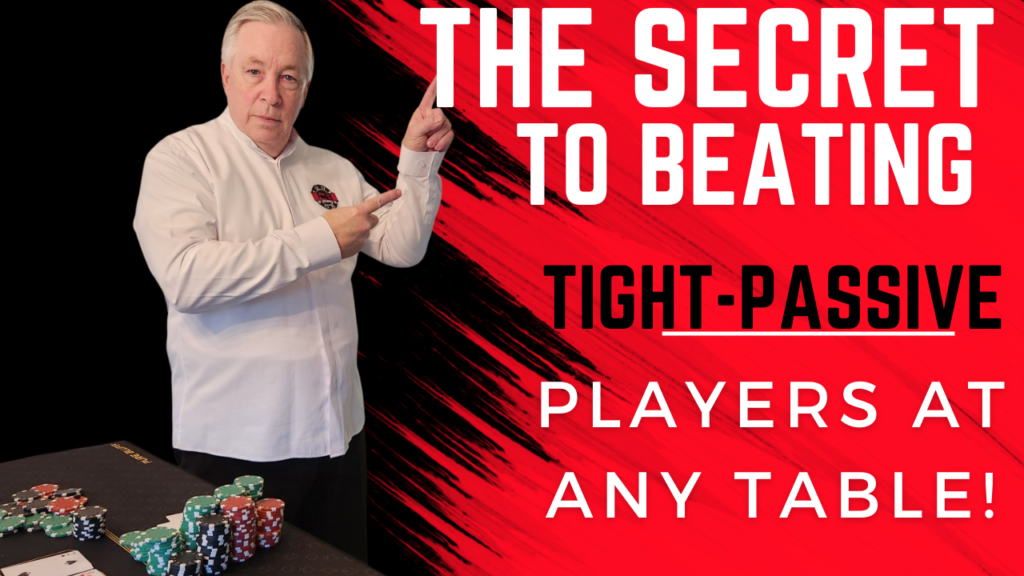Poker Player Styles
Home » Poker Player Styles
AN OVERVIEW OF THE FOUR FUNDAMENTAL POKER PLAYING STYLES
In poker, understanding the various Poker Player Styles is crucial for both personal development and effective opponent analysis. Players typically exhibit one of four primary styles, each defined by their tendencies towards hand selection and aggression levels:
Recognizing these styles is essential for several reasons:
STRATEGIC ADAPTATION
GAME DYNAMICS
SELF-AWARENESS
By identifying an opponent’s playing style, you can adjust your strategy to exploit their tendencies. For instance, against a Tight-Aggressive (TAG) player, you might choose to play more speculative hands, knowing they are likely to fold weaker holdings.
The collective playing styles at a table influence the game’s flow. A table full of Loose-Aggressive (LAG) players will have a different dynamic compared to one with predominantly Tight-Passive players. Understanding this helps in making informed decisions about game selection and strategy adjustments.
Being aware of your own playing style allows you to identify potential weaknesses and areas for improvement. It also helps in managing your table image, which can be leveraged to deceive opponents.
.
For a more comprehensive analysis of each Poker Player Style, including strategies to adopt and counter each, please refer to our detailed articles linked below.
TIGHT/AGGRESSIVE (TAG)
LOOSE/AGGRESSIVE (LAG)
Description: TAG players are selective with their hands, entering pots with strong holdings and playing them assertively.
Key Traits: Disciplined hand selection, frequent betting and raising, controlled aggression.
Link to Detailed Article: The Tight-Aggressive Player: Mastering the TAG StyleThe Tight Aggressive Poker Style
Description: LAG players engage in many pots, often with a wide range of hands, and apply constant pressure through aggressive betting.
Key Traits: High hand participation, frequent bluffing, unpredictable play.
Link to Detailed Article: The Loose-Aggressive Player Style: An In-Depth Analysis
TIGHT PASSIVE (tpp)
LOOSE/PASSIVE (LPP)
Description: These players are cautious, playing only strong hands and often opting to check or call rather than bet or raise.
Key Traits: Selective hand participation, minimal aggression, risk-averse behavior.
Link to Detailed Article: The Tight-Passive Player: A Style That Wins Small & Loses Big
Description: Loose-passive players play a wide range of hands but rarely take the initiative, often calling rather than betting or raising.
Key Traits: High hand participation, minimal aggression, tendency to call rather than raise.
Link to Detailed Article: Loose/Passive Players: Understanding and Exploiting Calling Stations
THE MANIAC
The Maniac plays with reckless aggression, entering pots with any two cards and applying relentless pressure. This extreme version of the Loose/Aggressive style thrives on chaos—and aims to push you out of your comfort zone.
Key Traits:
Wild hand selection, constant over-betting, unpredictable bluffs, emotional volatility.
Learn how to let them hang themselves—while you quietly collect the pot.
Link to Detailed Article: The Maniac






1 thought on “Poker Player Styles”
Its wonderful as your other content : D, thanks for putting up.
Comments are closed.